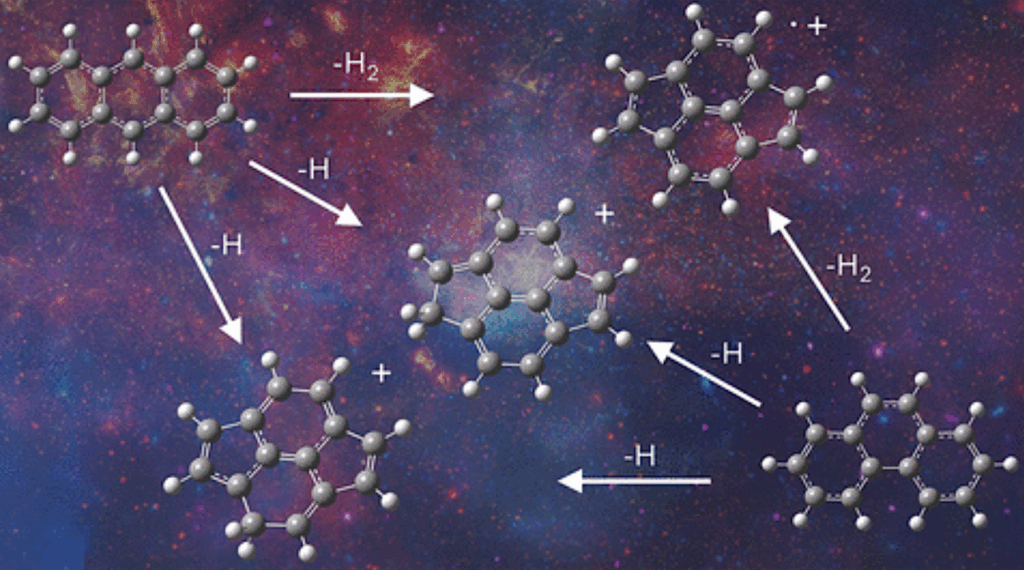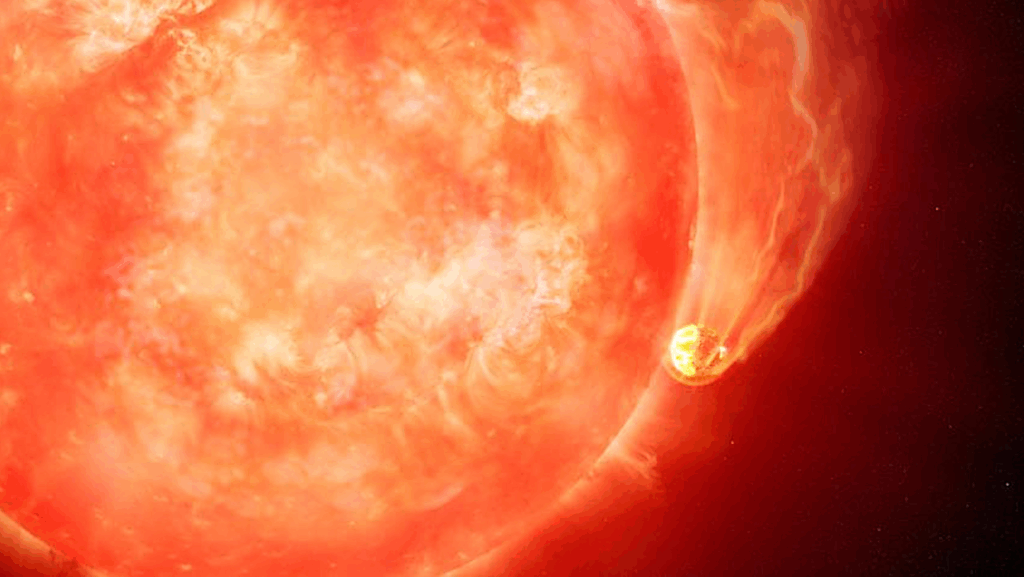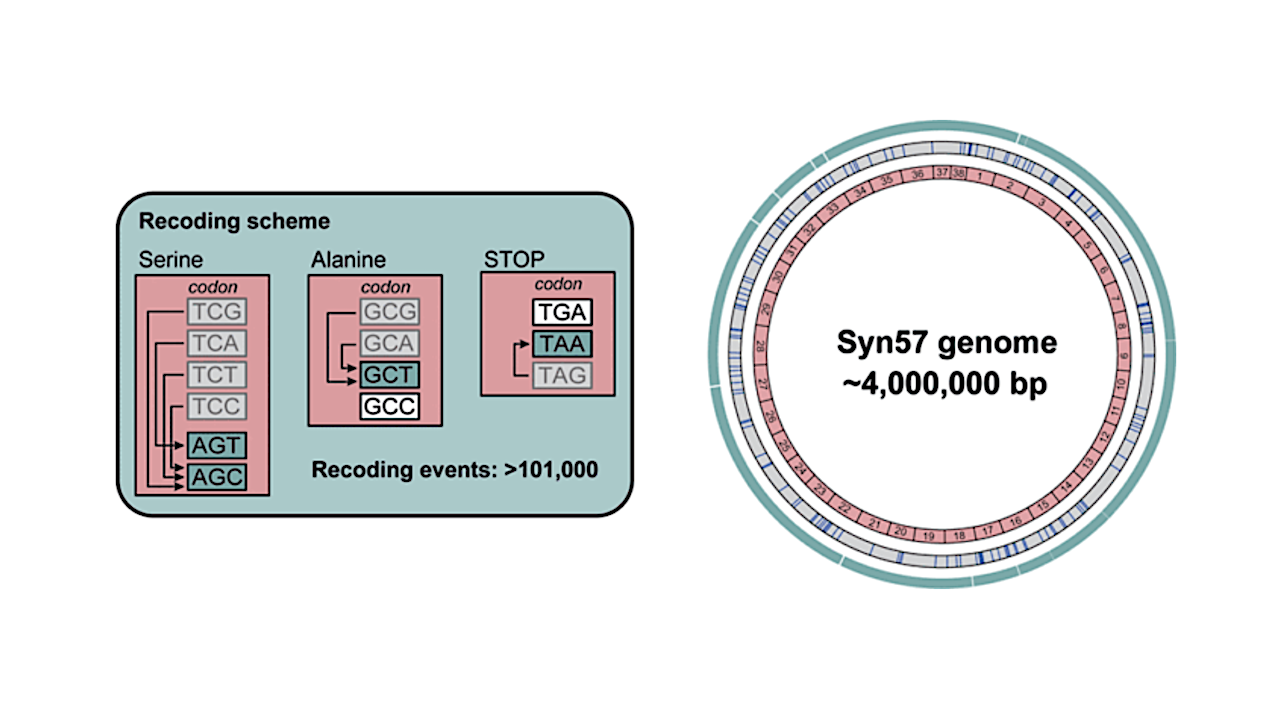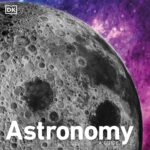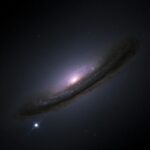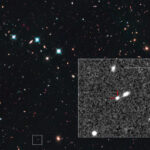Now Reading: Estimating The Local Hubble Parameter From The Thermal Evolution Of Earth And Mars
-
01
Estimating The Local Hubble Parameter From The Thermal Evolution Of Earth And Mars
Estimating The Local Hubble Parameter From The Thermal Evolution Of Earth And Mars


Observational data on the relative surface temperatures of the Earth and Mars Ts/Ts0 (upper left panel) vs. the theoretical predictions by a few cosmological models at various values of the Hubble parameter normalized to h = 100 km/s/Mpc (dotted curves in three other panels). Solid curves correspond to the standard intergalactic value of the Hubble parameter; and the long-dashed curves, to the original Kˇr´ıˇzek–Somer model [16, 21]. — astro-ph.EP
The problem of local (e.g., interplanetary) Hubble expansion is studied for a long time but remains a controversial subject till now; and of particular interest is a plausible value of the local Hubble parameter at the scale of the Solar system.
Here, we tried to estimate the corresponding quantity by the analysis of surface temperatures on the Earth and Mars, which are formed by a competition between a variable luminosity of the Sun and increasing radii of the planetary orbits. Our work employs paleochemical and paleobiological data on the temperature of the ancient Earth, on the one hand, and geological data on the existence of an ocean of liquid water on the ancient Mars, on the other hand.
As follows from our analysis, the martian data impose only a weak constraint on the admissible values of the Hubble parameter because of the unknown salinity – and, therefore, the freezing point – of the martian water. On the other hand, the terrestrial data turn out to be much more valuable, especially, for the Precambrian period, when temperature variation was sufficiently smooth and monotonic.
For example, in the framework of standard LambdaCDM model with 70% of dark energy, contemporary value of the local Hubble parameter was found to be 70-90 km/s/Mpc under assumption that the Earth’s surface temperature in the end of Precambrian equaled 45 C. This is in reasonable agreement both with the intergalactic data and with an independent estimate of the local Hubble parameter from tidal evolution of the Earth-Moon system.
Yurii V. Dumin, Elizaveta G. Khramova, Ludmila M. Svirskaya, Eugen S. Savinykh
Comments: LaTeX2e, article documentclass, 11 pages, 2 PDF figures, accepted for publication in Gravitation and Cosmology (Springer), Vol. 31, Issue 4 (2025)
Subjects: Earth and Planetary Astrophysics (astro-ph.EP); Instrumentation and Methods for Astrophysics (astro-ph.IM)
Cite as: arXiv:2508.16694 [astro-ph.EP] (or arXiv:2508.16694v1 [astro-ph.EP] for this version)
https://doi.org/10.48550/arXiv.2508.16694
Focus to learn more
Submission history
From: Yurii V. Dumin
[v1] Thu, 21 Aug 2025 22:54:45 UTC (2,746 KB)
https://arxiv.org/abs/2508.16694
Astrobiology,
Stay Informed With the Latest & Most Important News
Previous Post
Next Post
-
 012024 in Review: Highlights from NASA in Silicon Valley
012024 in Review: Highlights from NASA in Silicon Valley -
 02Panasonic Leica Summilux DG 15mm f/1.7 ASPH review
02Panasonic Leica Summilux DG 15mm f/1.7 ASPH review -
 03How New NASA, India Earth Satellite NISAR Will See Earth
03How New NASA, India Earth Satellite NISAR Will See Earth -
 04And Thus Begins A New Year For Life On Earth
04And Thus Begins A New Year For Life On Earth -
 05Astronomy Activation Ambassadors: A New Era
05Astronomy Activation Ambassadors: A New Era -
06SpaceX launch surge helps set new global launch record in 2024
-
 07Space Force plans new ‘Futures Command’ amid pressure to speed up modernization
07Space Force plans new ‘Futures Command’ amid pressure to speed up modernization













